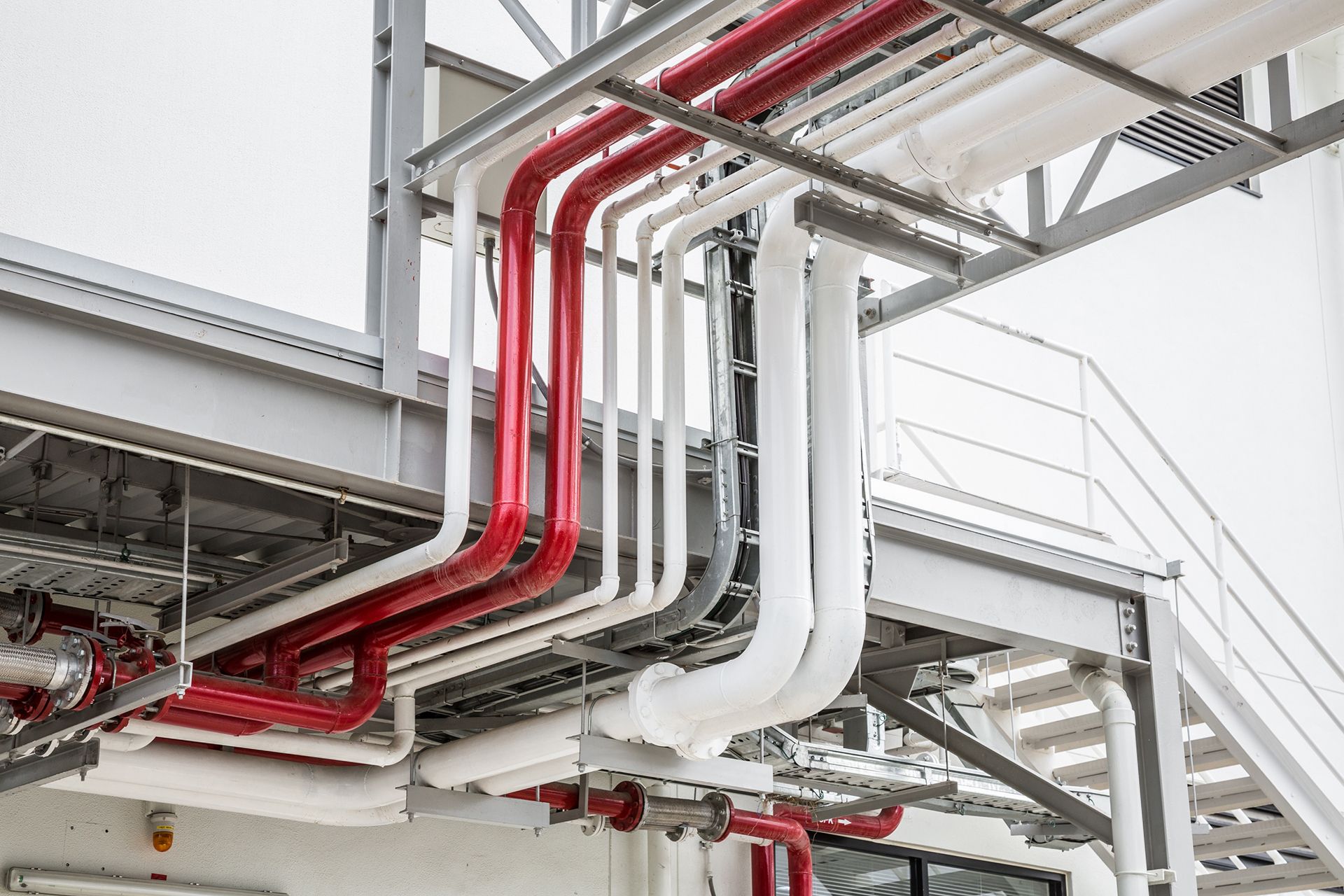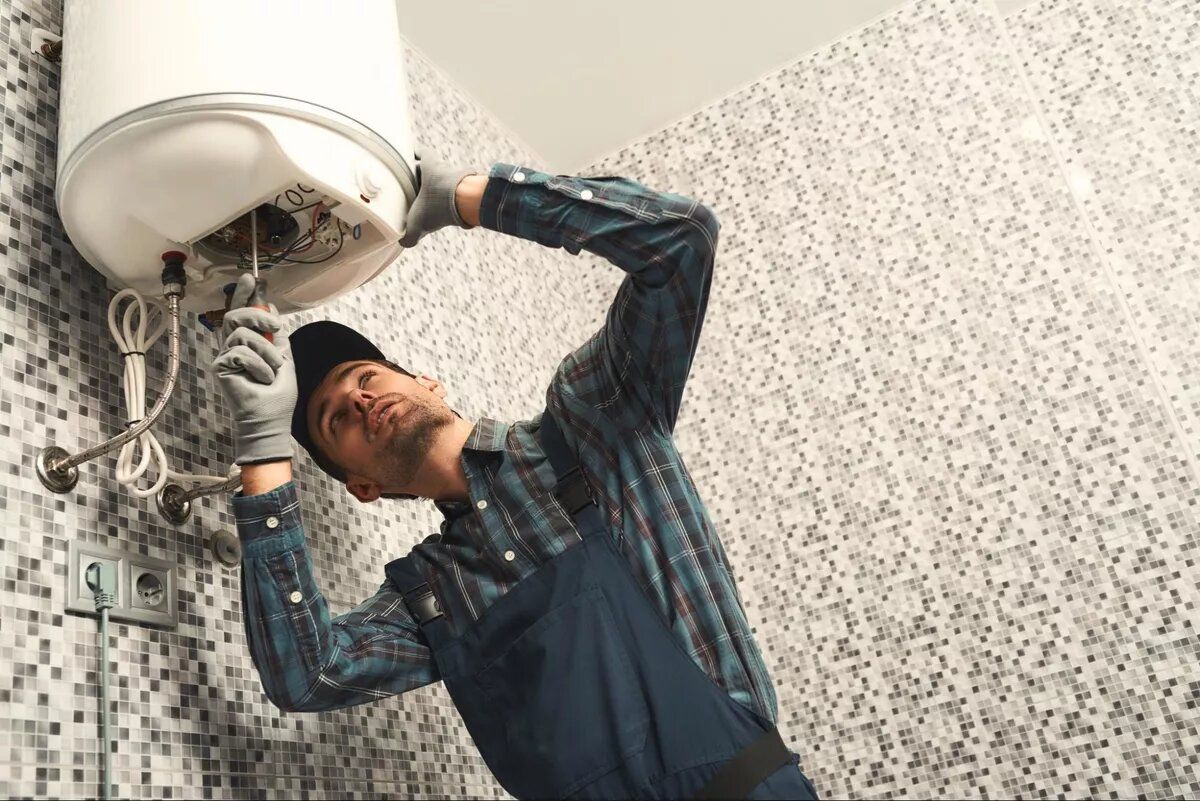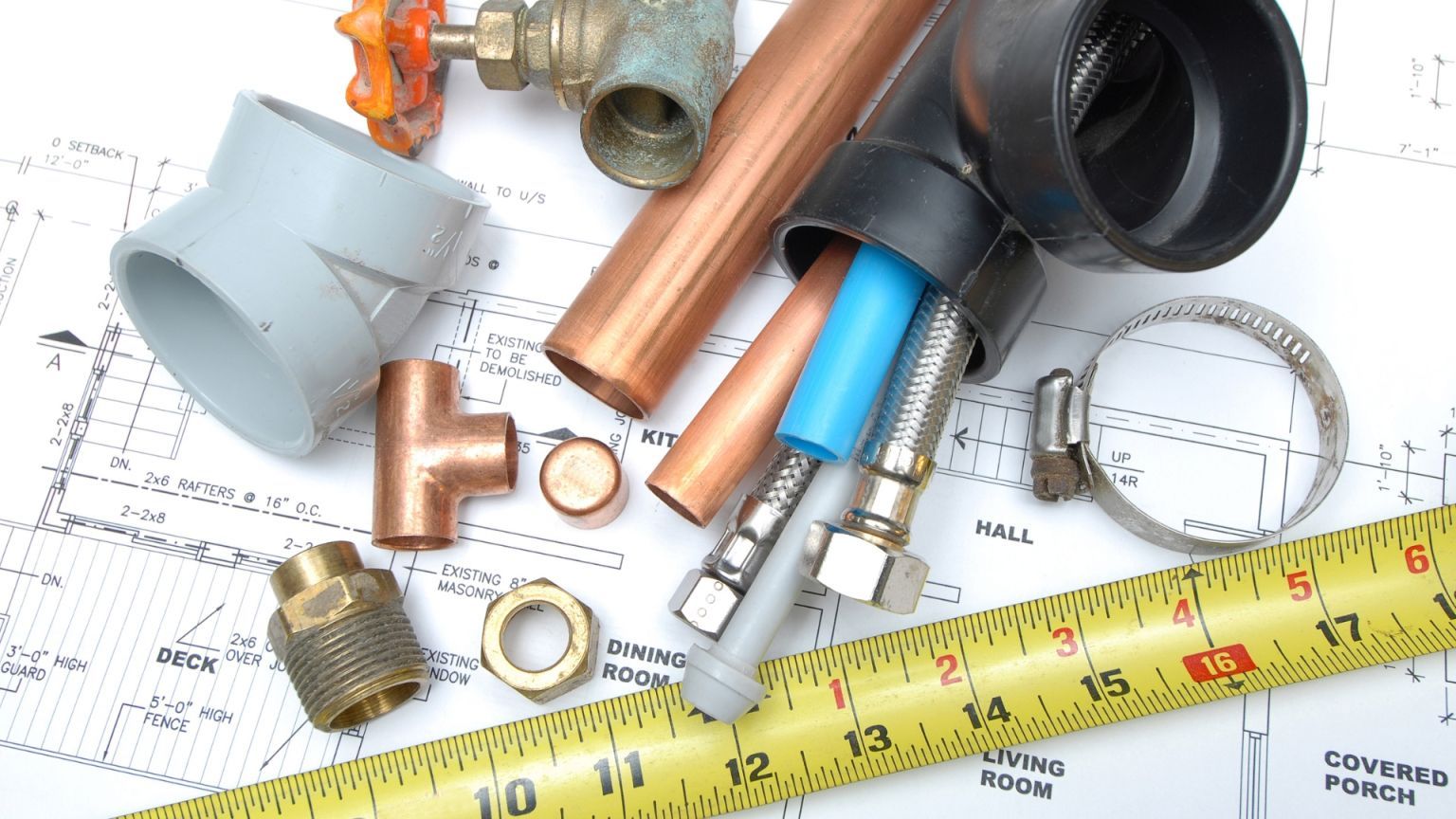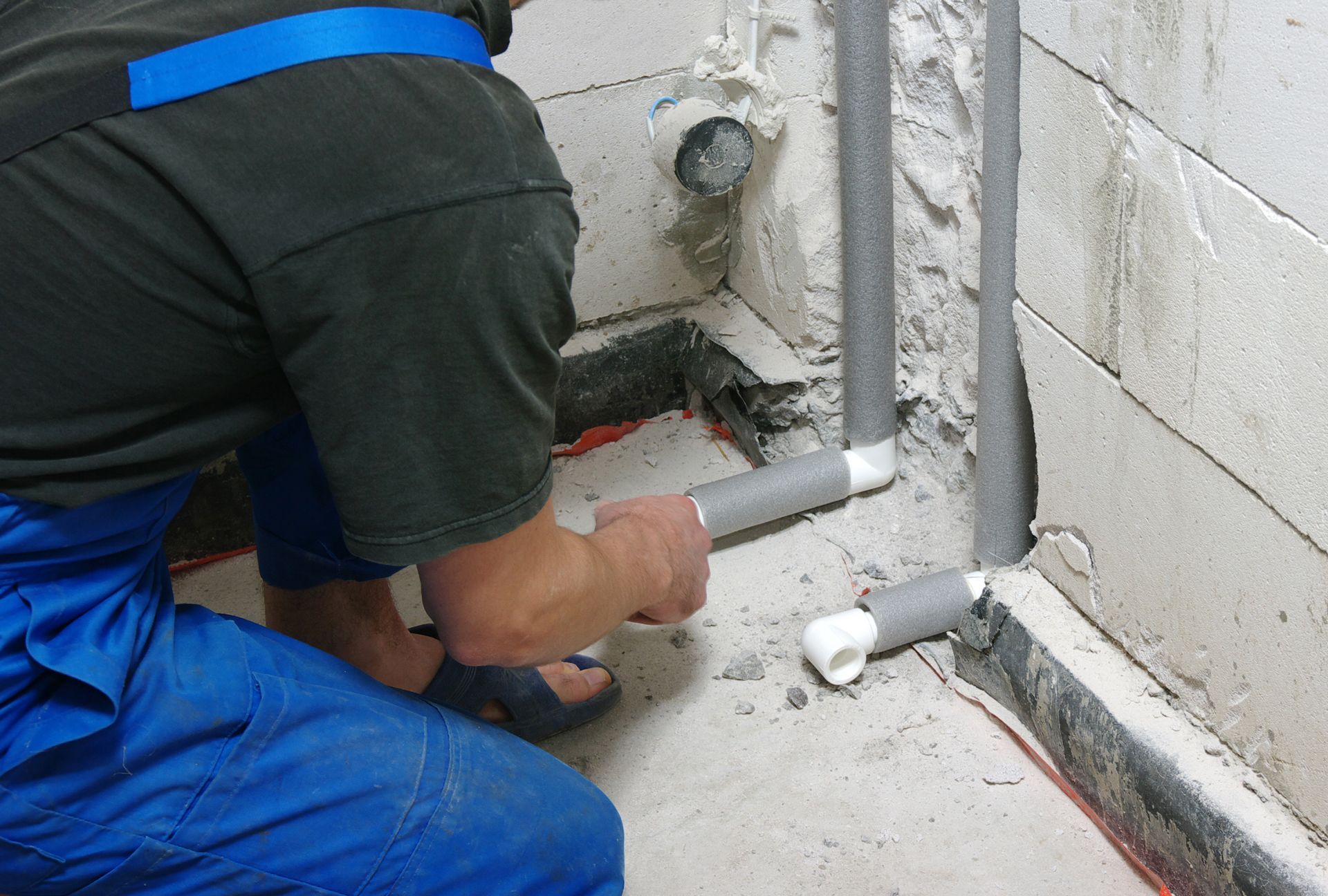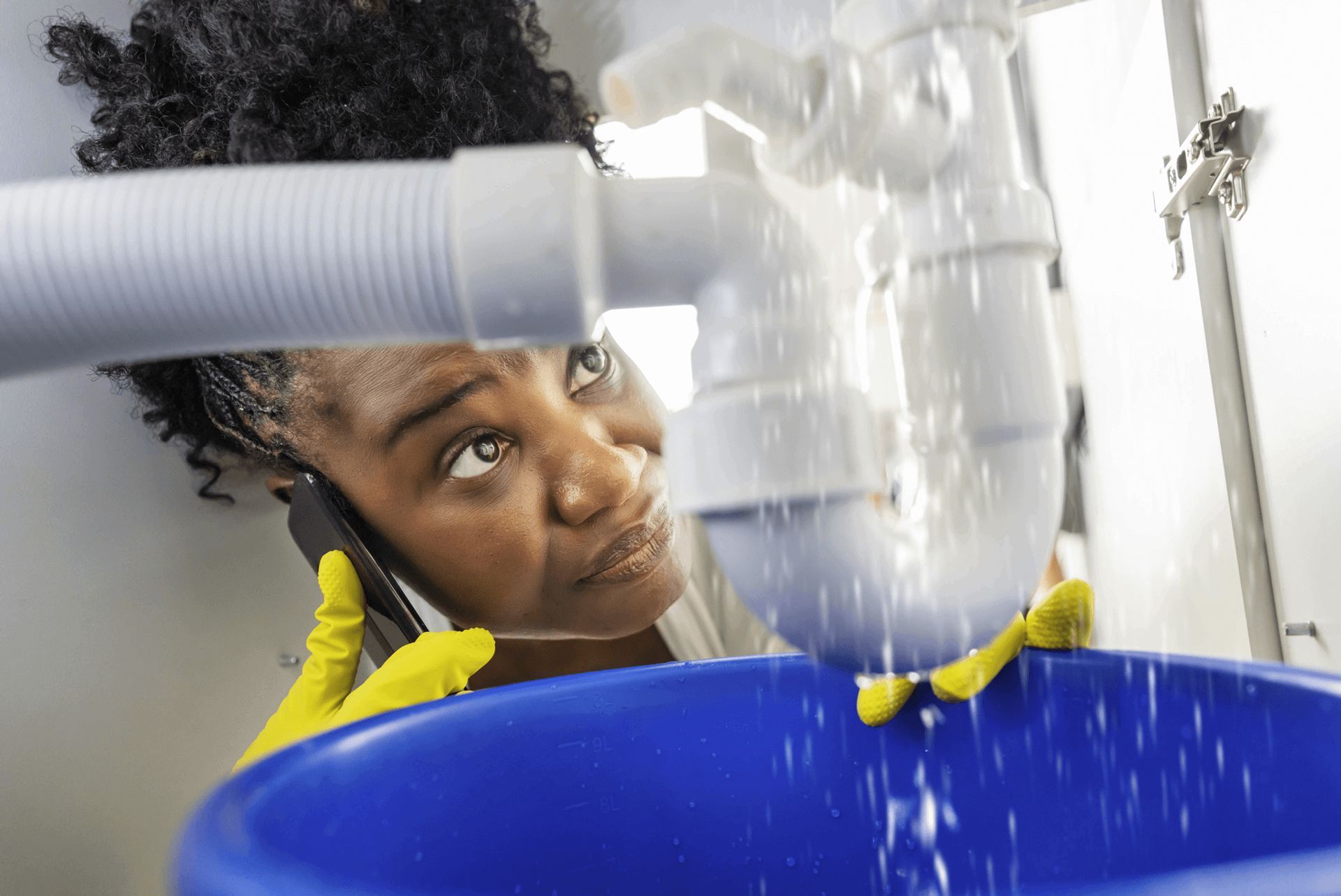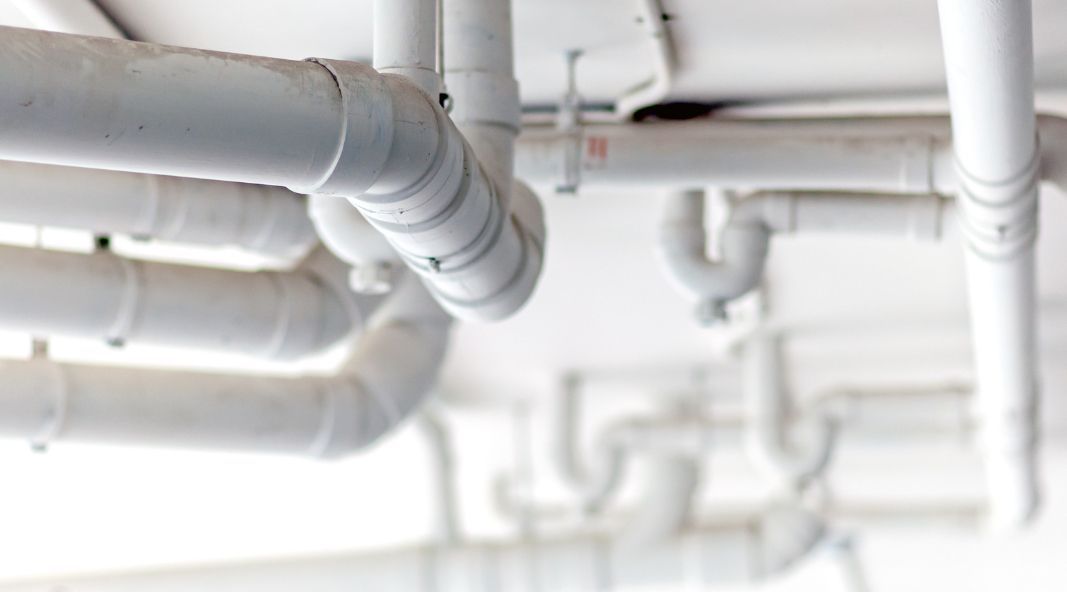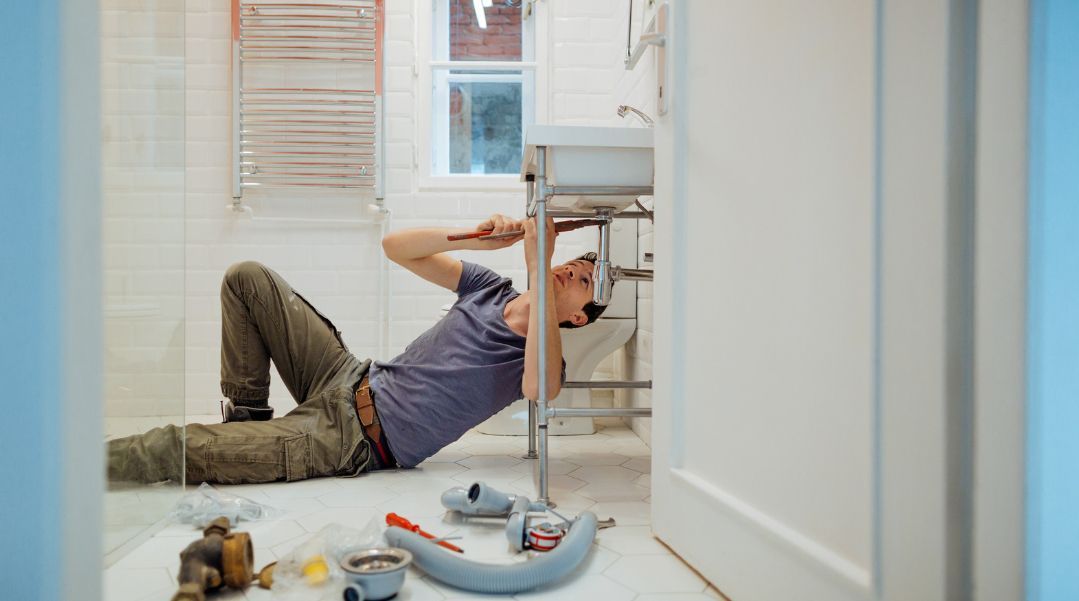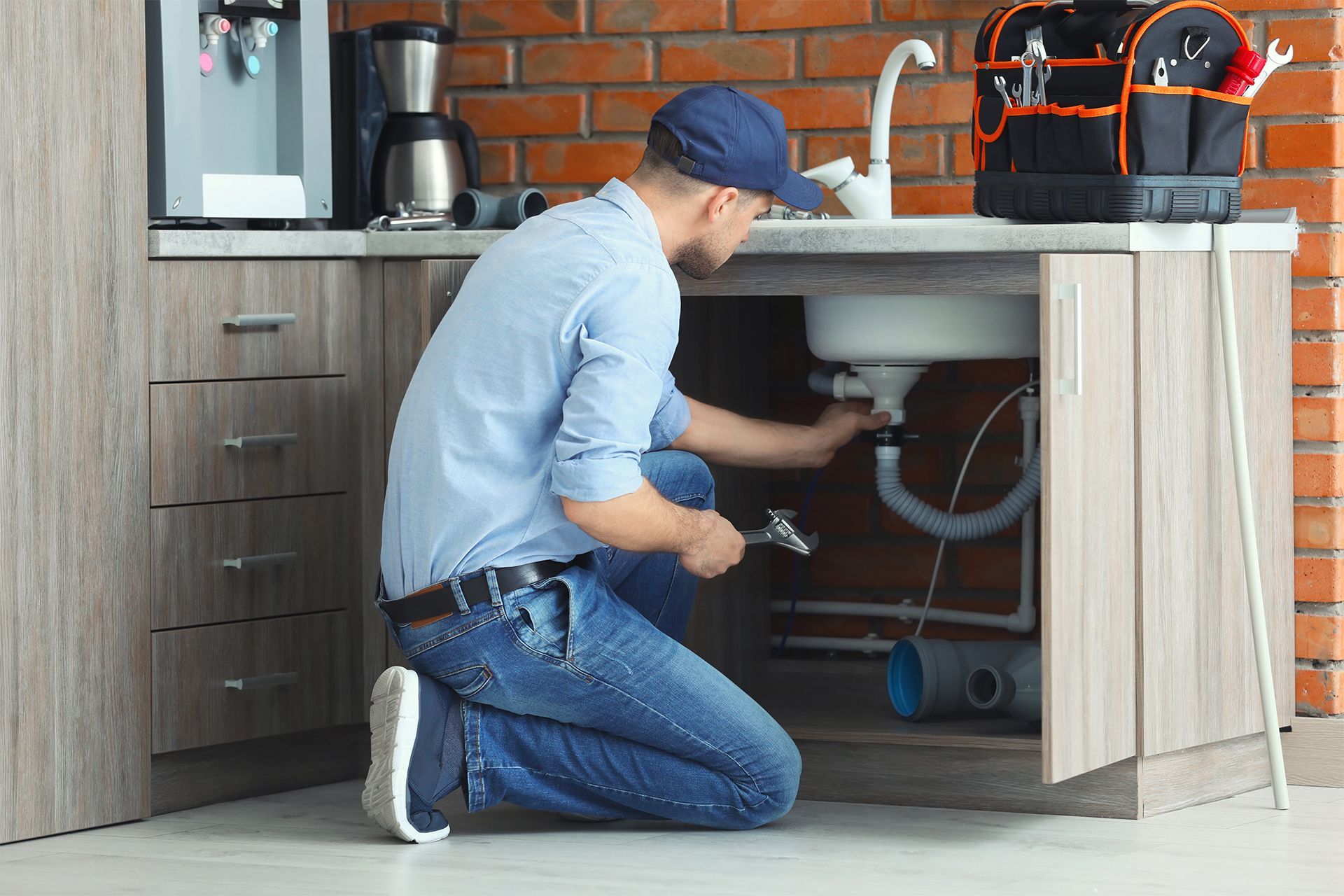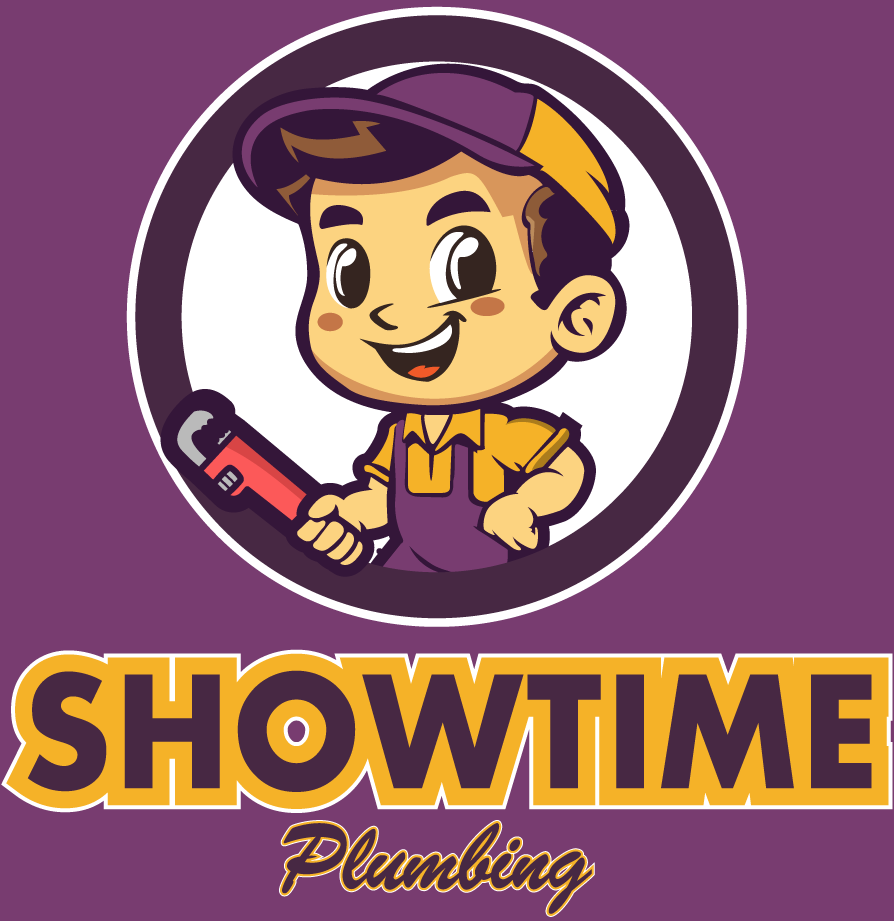Expert Advice: How to Winterize Plumbing and Safeguard Your Home from Pipe Freezing
As winter approaches, learning how to winterize plumbing becomes crucial for every homeowner. The shift to colder temperatures puts your plumbing system at risk of freezing and bursting pipes, which can lead to significant damage and expensive repairs. Winterizing your plumbing is a preventative measure that cannot be overlooked to protect your home and avoid unforeseen costs.
In this expert guide, we’ll explore why water freezes in pipes, leading to increased pressure and the eventual risk of pipe ruptures. Understanding the mechanics behind freezing pipes is the first step in recognizing the critical nature of plumbing winterization.
Plumbing Winterization Explained
Plumbing winterization, crucial for preventing freeze damage, involves preparing your pipes for low temperatures. Essential especially for homes left vacant in winter, it stops pipes from bursting by addressing water expansion. This process ensures your property remains damage-free while you’re away, saving on potentially costly repairs and keeping your plumbing system intact through the cold months.
Step-by-Step Guide to Winterizing Interior Plumbing
Preparing your home’s interior plumbing for winter doesn’t have to be daunting. With the right steps, you can easily safeguard your pipes from freezing temperatures, preventing costly damage. Let’s walk through a comprehensive, step-by-step guide to winterizing your interior plumbing, ensuring a cozy, trouble-free winter season.
How to winterize plumbing: Interior
1. Main Water Supply Shutdown
Search for the main valve to turn off your home’s main water supply. It is usually found near the water meter or where the main water line enters the house. Turning this valve clockwise until it’s tightly closed effectively halts the water flow into your home.
For draining the system:
- Open all faucets, starting with the top floor, to let air in and help water flow out.
- Flush toilets to drain water from the tanks.
- Don’t forget to drain your outdoor faucets and hoses as well.
- Finally, you might want to catch any remaining drips in buckets.
2. Water Heater Adjustment
When leaving your home vacant, adjusting your water heater settings can save energy and prevent issues. It’s wise to set the temperature to its lowest or use a “Vacation Mode” if your model has one. This keeps the water heater functioning minimally, avoiding unnecessary energy use while protecting your system from freezing during colder months.
Utilizing ‘vacation mode’:
- Check your water heater’s manual to locate and activate the vacation mode setting.
- If your unit lacks vacation mode, lower the temperature to the lowest setting to conserve energy.
- Remember to adjust the temperature to your normal setting a day before your return for warm water upon arrival.
- For longer absences, consider fully turning off the unit to maximize savings.
- Check if your system allows remote adjustments via a smartphone app for convenience.
- Upon return, inspect the heater and surrounding area for any leaks or issues before resuming normal operation.
- Use this opportunity to flush the system, clearing out any sediment that may have settled, ensuring efficient function.
3. Toilet Maintenance
In order to prevent toilet water from freezing:
- Shut off the water supply valve, typically located behind the toilet.
- Flush the toilet to drain most of the water from the tank and bowl.
- Sponge out any remaining water to protect against freezing.
- Pour RV antifreeze into the bowl and tank to safeguard any residual water.
Choose non-toxic, propylene glycol antifreeze for toilets to prevent freezing without harming the environment. Ideal for plumbing, it ensures post-vacancy system safety.
Use just enough antifreeze – a few cups in the bowl and tank. It’s efficient protection, keeping your toilet secure during cold spells while you’re away.
4. Heating System Checklist
Maintaining a minimum indoor temperature:
- Keep temps above 55°F to prevent pipes from freezing.
- Consistent warmth reduces dampness and mold growth risk.
- Avoids costly repairs from cold-related home damage.
- Ensures comfort upon your return.
- Protects plants and pets if they’re at home.
For heating system reliability, get pre-winter servicing by a qualified HVAC technician. Regular maintenance ensures efficiency, prolongs lifespan and prevents mid-winter breakdowns. Change your filters, too—it’s simple and enhances air quality and system performance.
5. Insulating Exposed Pipes
Insulating your exposed pipes is a proactive step to prevent freezing and burst pipes when winter looms. It’s a savvy move for both protection and energy efficiency.
Strategies for insulating pipes:
- Identify all exposed pipes, especially in chilly areas like attics or basements.
- Use foam pipe sleeves or insulating tape for reliable coverage.
- Ensure the insulation fits snugly, covering the entire pipe length without gaps.
- Cut the insulation to size and tape it securely in place for bends and joints.
- Inspect and replace damaged or wet insulation promptly to maintain effectiveness.
- Outdoor pipes need special attention; use insulated covers to ward off frost.
- Regularly check your handiwork, ensuring the insulation remains dry and intact throughout the season.
6. Additional Preventative Measures
Keeping your garage doors closed is crucial, especially during cold weather. An open garage door lets in drafts and significantly lowers the temperature in adjacent living areas, risking pipe freezes. Consider adding insulation to the garage door to further protect against cold air infiltration, making your home warmer and more energy-efficient.
On those cold winter nights, a simple trick like opening cabinet doors under sinks can make a big difference. This allows warm air to circulate pipes, reducing the risk of freezing. It’s an easy, no-cost way to protect your plumbing, especially in kitchens and bathrooms where pipes are often located on exterior walls.
How to winterize plumbing: Exterior
1. Outdoor Water Supply Management
Before winter hits, shutting off and draining your exterior water lines is crucial to avoid frozen pipes.
Simply locate your main shut-off valve, turn it off, and then open outdoor faucets to let water drain out completely. This step prevents water from freezing inside, which can cause pipes to burst and lead to costly repairs.
2. Garden Hose and Fittings
Detaching garden hoses before winter arrives is necessary to protect your outdoor plumbing.
Unscrew hoses from faucets, drain them of water and store them indoors to prevent cracking. Don’t forget to cover your outdoor faucets with insulated covers to shield them against freezing temperatures, ensuring they’re well-protected through the cold months.
3. Gutter and Downspout Maintenance
Keeping your gutters and downspouts clean is pivotal in preventing ice dams and related damage during winter.
Clearing out leaves, debris, and ensuring proper water flow prevents water from backing up and freezing, which can lead to ice dams. These icy blockages can cause significant damage to your roof and home’s interior if left unchecked, so regular maintenance is key to a trouble-free winter.
4. Sealing Cracks and Gaps
To keep your home cozy and efficient in winter, identifying and sealing cracks and gaps where cold air can enter is essential.
Inspect windows, doors, and walls for any drafts. Using weather-stripping, caulk, or expanding foam, seal these vulnerabilities. Not only will this make your space more comfortable, but it’ll also save on heating costs.
Advanced Freeze Protection Strategies
Identifying pipes at risk of freezing is key. Look for pipes in unheated areas like garages, attics, basements, or those against external walls. Wrapping these in insulation or applying heat tape before winter hits can keep your water flowing smoothly, avoiding the inconvenience and cost of frozen or burst pipes.
It’s important to be proactive about pipes in unheated or poorly insulated spots. Ensuring they are properly insulated is a great first step. Additionally, use heat tape for extra warmth and let faucets drip slightly during extreme cold to prevent freeze-ups. Keeping interior spaces open allows warm air to circulate, protecting against the cold.
When to Seek Professional Help
DIY winterization can be effective, but it’s crucial to recognize its limits. When tasks exceed basic insulation or winter preparation, such as addressing complex pipe layouts or installing specialized heat tape, it’s time to consult a professional. Understanding when to call in expert help can save money and prevent potential disasters down the line.
A professional touch ensures safety and efficiency for sophisticated systems or significant modifications. Key signs you’ve reached DIY limits include uncertainty about how to protect vulnerable plumbing or when facing repeated freeze-related issues despite your best efforts.
Selecting the right plumbing professional for winterization starts with knowing what to look for. This ensures your home is properly prepared for the cold and avoids unnecessary damage.
- Check qualifications: Ensure they’re licensed and insured.
- Experience: Look for a plumber with winterization experience.
- References: Ask for and check references to gauge satisfaction.
- Estimates: Request detailed, written estimates to avoid surprises.
- Availability: Consider their availability, especially for emergency services.
- Warranty: Inquire about any guarantees or warranties on their work.
Finding a qualified professional means some homework, but it’s worth the effort for peace of mind.
Final Thoughts
Preparing your plumbing for winter is essential; it includes insulating pipes, draining external faucets, and checking heating systems to prevent the costly inconvenience of frozen or burst pipes. Take action now to protect your home before the temperatures drop.
When issues arise that require more than simple preventative measures, engaging a professional is crucial. Showtime Plumbing offers reliability and extensive industry experience. Our satisfied clients attest to our commitment and expertise. For any plumbing challenges, don’t hesitate to contact us. We’re here to help ensure your plumbing needs are efficiently and effectively met.
